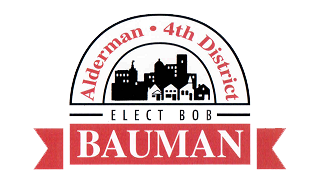Downtown Plan 2040
Alderman Bauman Spearheads Effort to Develop and Adopt the Downtown Plan 2040
On July 31, 2023, the common council adopted a comprehensive land use plan for downtown known as the Connecting MKE; Downtown Plan 2040 (the “Plan”). In coordination with my office, the city’s Department of City Development (DCD) and Milwaukee Downtown, BID #21 conducted a comprehensive planning process that involved literally thousands of citizens through focus groups, listening sessions, interactive participation, surveys and formal public hearings. The plan is intended to shape the next two decades of development, policies, and programs that enable a more walkable, vibrant, diverse, inclusive and resilient downtown.
The previous Downtown Area Plan, adopted in 2010, aimed to establish a distinctive city center with strong connections, vibrant uses, and improved public spaces. Over $4.6 billion has been invested in public and private projects since its adoption, with an additional $3.1 billion proposed or under construction. The Plan builds on this momentum. The plan emphasizes walkable streets, enhanced transit, neighborhood connectivity, and inclusive gathering spaces. Key targets include growing the Downtown population to 40,000 residents by 2040, adding around 15,000 housing units (20% of which are affordable), and reaching 100,000 Downtown jobs. The plan enumerates eight goals:
Housing & Neighborhoods: Increase Downtown population through diverse housing and enhance neighborhood quality of life.
Business & Education: Create an environment supporting diverse businesses and a talented workforce.
Retail, Services, Food & Nightlife: Develop vibrant retail and entertainment districts with pedestrian-friendly design.
Arts, Culture, Entertainment & Sports: Promote shared experiences and showcase Milwaukee's diversity.
Sustainability & Resilience: Build an environmentally, socially, and economically sustainable and resilient Downtown.
Transportation & Mobility: Redesign streets for walkability and expand safe movement options.
Streets & Public Space: Invest in public spaces to create a vibrant, inclusive, and resilient Downtown.
Land Use & Development: Encourage diverse and compatible development, engaging the public realm.
The plan presents several "big ideas" to guide growth:
Grow Downtown: Increase population and job density through intensive housing and mixed-use development.
Redesign Streets as Public Spaces: Focus on walkable streets and vibrant public spaces.
Invest in Parks & Gathering Spaces: Create world-class gathering places for residents and visitors.
Improve Streets to Support All Users: Enhance transit and walkability, and build a comprehensive bike network.
Expand & Enhance Transit: Develop robust transit options, including streetcar extensions and intercity rail.
Reconnect Places Divided by Barriers: Create connections within Downtown and to surrounding neighborhoods, rethinking transportation corridors.
Among the 40 specific recommendations is a recommendation to remove the elevated I-794 elevated freeway from the Lake Interchange to the Marquette Interchange and divert traffic to improved arterial streets. This recommendation has generated significant discussion and mixed opinion. Among the goals of this recommendation is to better connect downtown with the Historic Third Ward and free up nearly 18 acres of prime downtown real estate for commercial, residential and recreational development. DCD has estimated that this real estate could support up to $800m in new development thereby creating additional tax base which is critical to the city’s financial health.
The Wisconsin Department of Transportation (WisDOT) is conducting a separate alternatives analysis of I-794. So far they have identified 7 alternatives for retaining the elevated freeway and 2 alternatives for removing the freeway. At present, no cost estimates have been developed. The WisDOT process will continue into 2024 with any actual construction many years in the future so there will be plenty of opportunities for citizens to weigh in on these options.
To read more about the Downtown Plan, see here.
I also encourage anyone interested in learning more about the I-794 recommendation to explore this website created by Rethink 794 in MKE, Reconnect the Grid! And the WisDOT presentation I-794 alternatives located here.
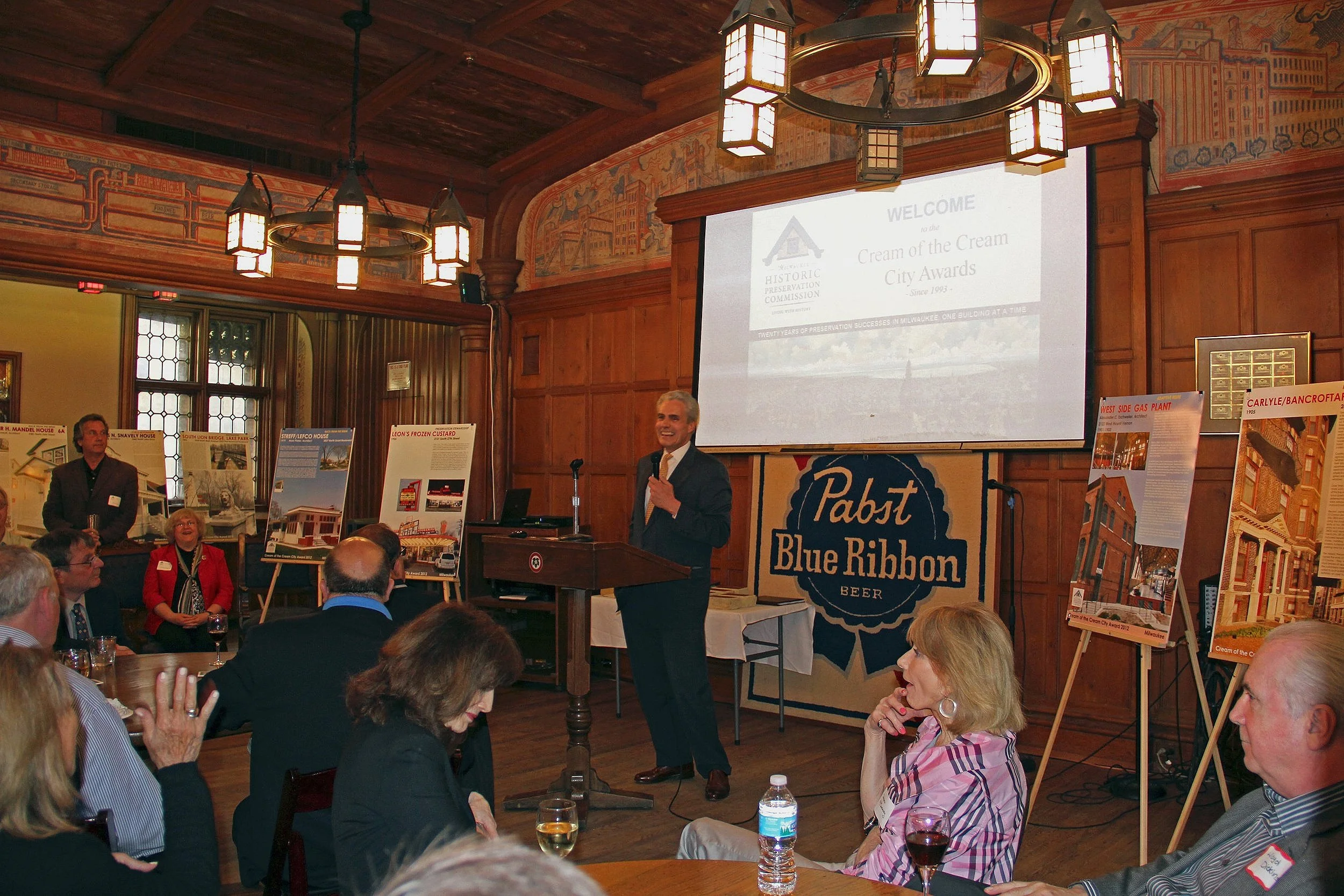
Brewery Development Plan Community Meeting

Deer District Plan & Vision Community Discussion
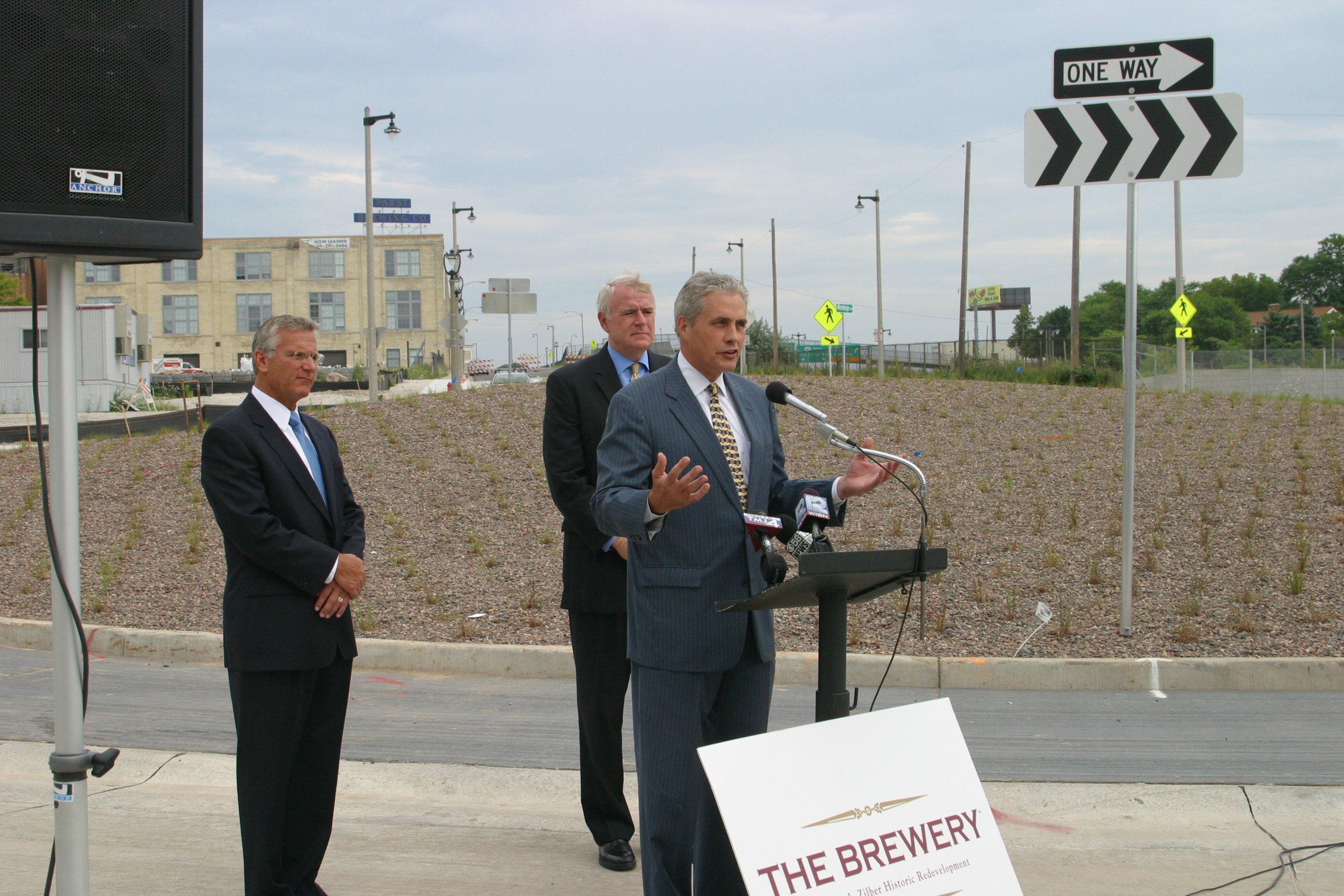
Brewery District Development Press Conference.JPG

Avenue West Police Substation Opening
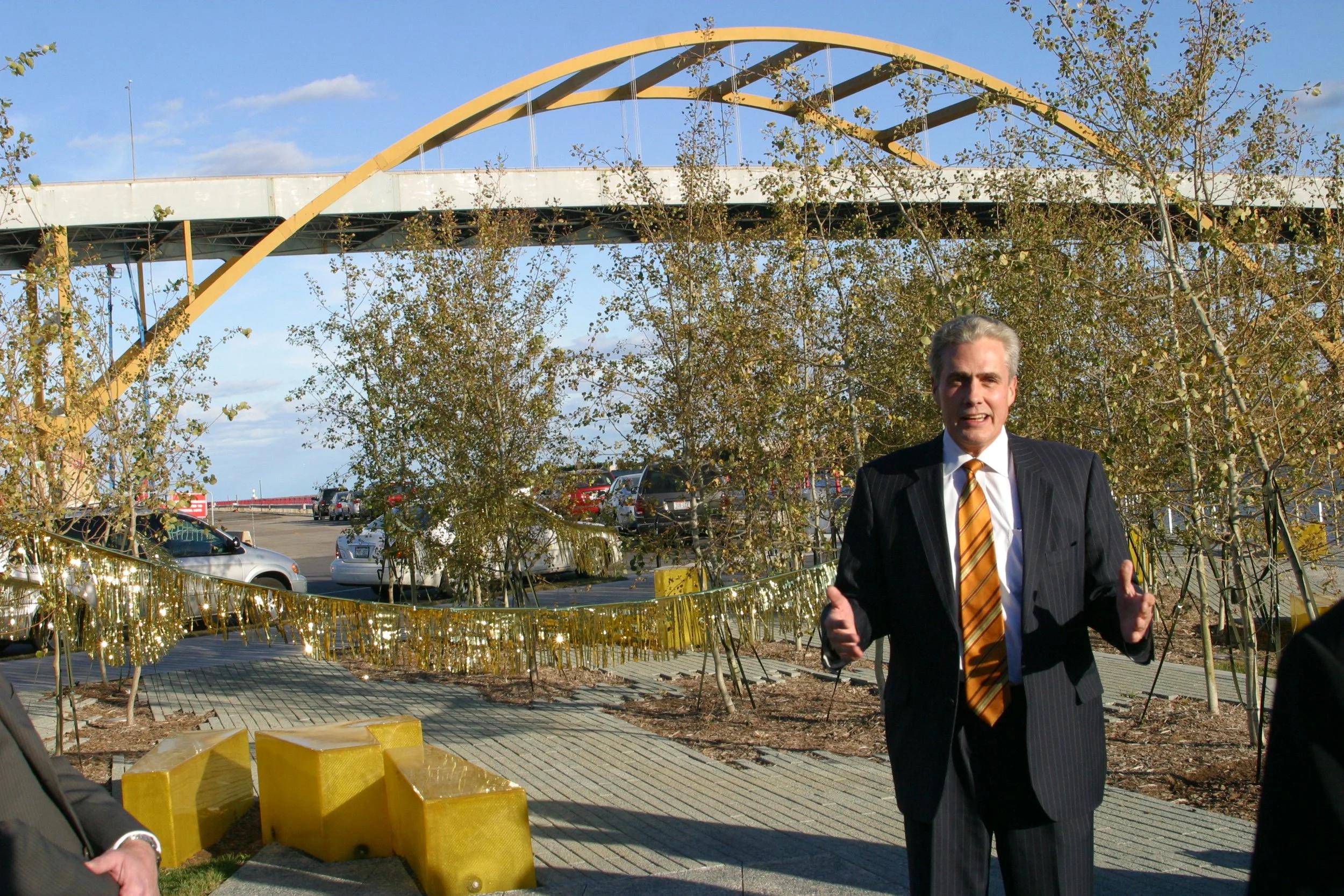
Erie Street Plaza Dedication
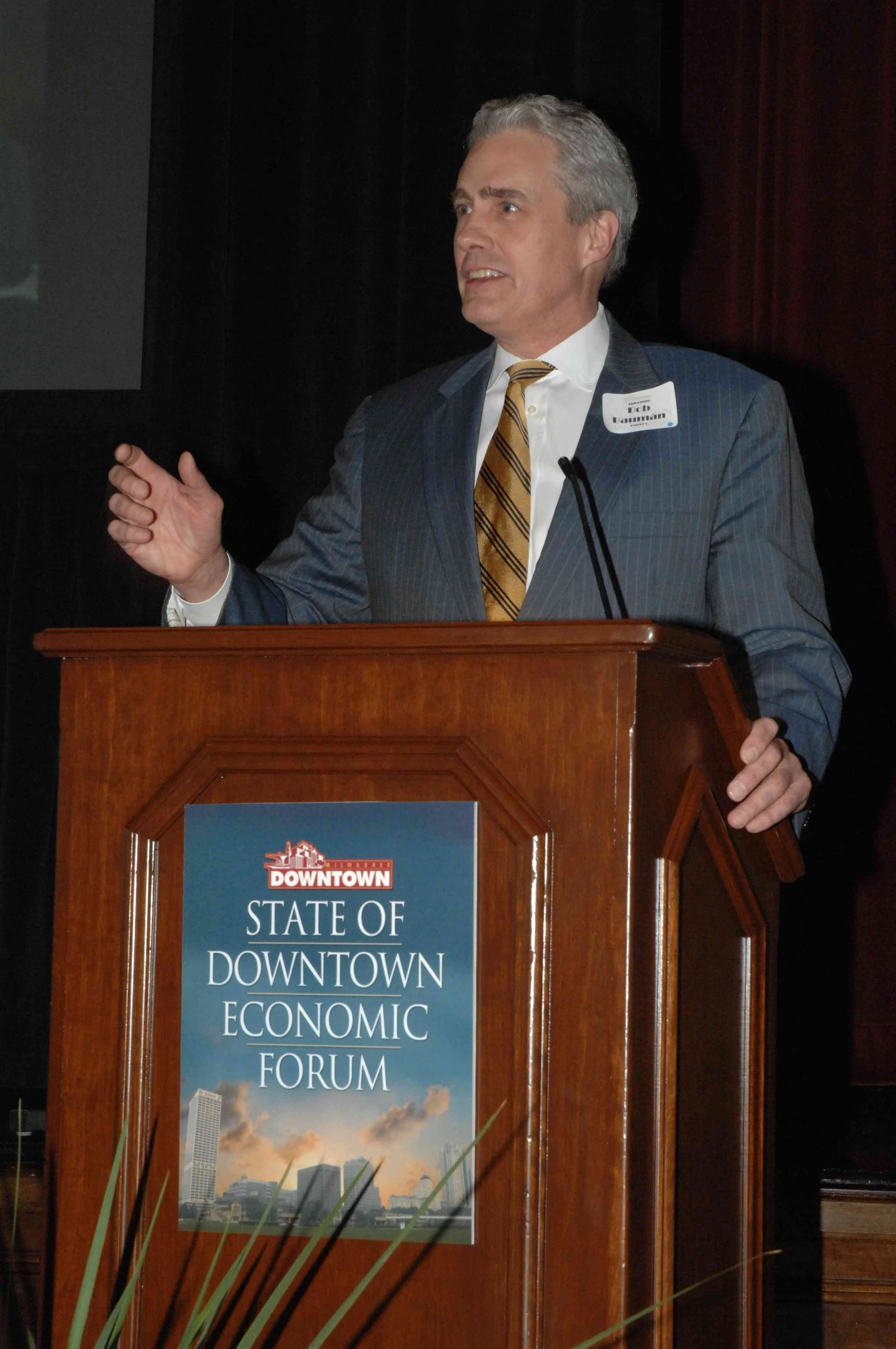
Downtown Economic Forum

Historic Third Ward

Bublr Tresle Park Installation
